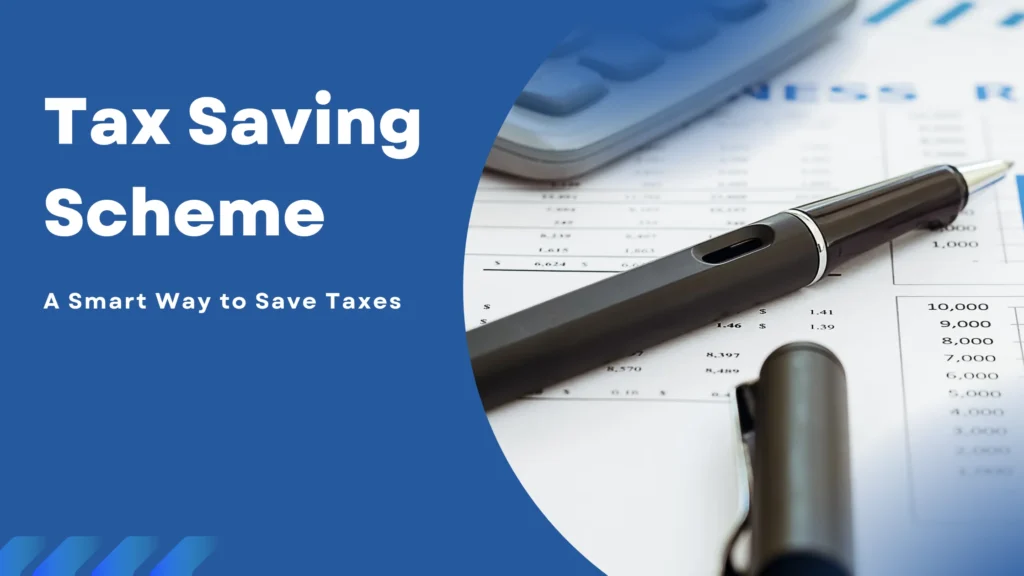Tax-saving is an essential aspect of financial planning. With numerous schemes available, choosing the right ones can help you minimize your tax liability while growing your wealth. In this guide, we’ll explore the top tax-saving schemes available in 2025, their benefits, and how to make the most of them.
Section 80C Investments
Section 80C of the Income Tax Act remains one of the most popular ways to save taxes. Under this section, individuals can claim deductions of up to ₹1.5 lakh annually. Here are some top options:
Public Provident Fund (PPF):
Interest rate: ~7.1% (varies quarterly).
Lock-in period: 15 years.
Tax benefits: Exempt-Exempt-Exempt (EEE) status.
Employee Provident Fund (EPF):
Contribution: Mandatory for salaried employees.
Tax benefits: Employer’s contribution and accrued interest are tax-free up to certain limits.
Equity Linked Savings Scheme (ELSS):
Potential returns: 10-15% (market-linked).
Lock-in period: 3 years.
Tax benefits: Gains up to ₹1 lakh are tax-free under LTCG rules.
National Pension System (NPS)
The NPS is a government-backed retirement savings plan offering additional tax benefits.
Contribution limits:
₹1.5 lakh under Section 80C.
Additional ₹50,000 under Section 80CCD(1B).
Returns: Market-linked (8-10% on average).
Partial withdrawal: Allowed for specific purposes after 3 years.
Health Insurance (Section 80D)
Investing in health insurance policies offers dual benefits of tax savings and financial security.
Deduction limits:
Self and family: Up to ₹25,000.
Senior citizen parents: Additional ₹50,000.
Benefits: Covers medical expenses, including hospitalization and preventive health check-ups.
Home Loan Benefits (Section 24 and Section 80EEA)
Owning a home can significantly reduce your tax burden:
Section 24: Deduction of up to ₹2 lakh on home loan interest.
Section 80EEA: Additional deduction of ₹1.5 lakh for first-time homebuyers (valid for loans sanctioned before a specific deadline).
Fixed Deposits (5-Year Tax-Saving FD)
These are low-risk investments offered by banks:
Interest rate: 5-7% (varies by bank).
Lock-in period: 5 years.
Tax benefits: Principal amount qualifies under Section 80C.
Sukanya Samriddhi Yojana (SSY)
Aimed at promoting the welfare of the girl child:
Interest rate: ~8% (subject to revision).
Maximum deposit: ₹150,000 per year.
Tax benefits: EEE status.
Life Insurance Premiums
Premiums paid for life insurance policies are eligible for deductions under Section 80C. Ensure that the policy meets the following conditions:
Minimum coverage: 10 times the annual premium.
Tax-free maturity proceeds under Section 10(10D).
Unit Linked Insurance Plans (ULIPs)
ULIPs combine investment with insurance, offering tax-saving benefits:
Lock-in period: 5 years.
Tax benefits: Premiums qualify under Section 80C; maturity proceeds are tax-free.
Tips for Maximizing Tax Savings
Start Early: Begin your investments at the start of the financial year to reap the benefits of compounding.
Diversify Investments: Mix high-return options like ELSS with secure options like PPF.
Consult an Advisor: Seek professional advice to align investments with your financial goals.
Conclusion
Choosing the right tax-saving schemes can help you save money and achieve financial stability. Evaluate your risk tolerance, financial objectives, and investment horizon before making decisions. With the right strategy, you can make the most of these schemes and secure a financially sound future.
For more details contact us www.waystogrowth.com

